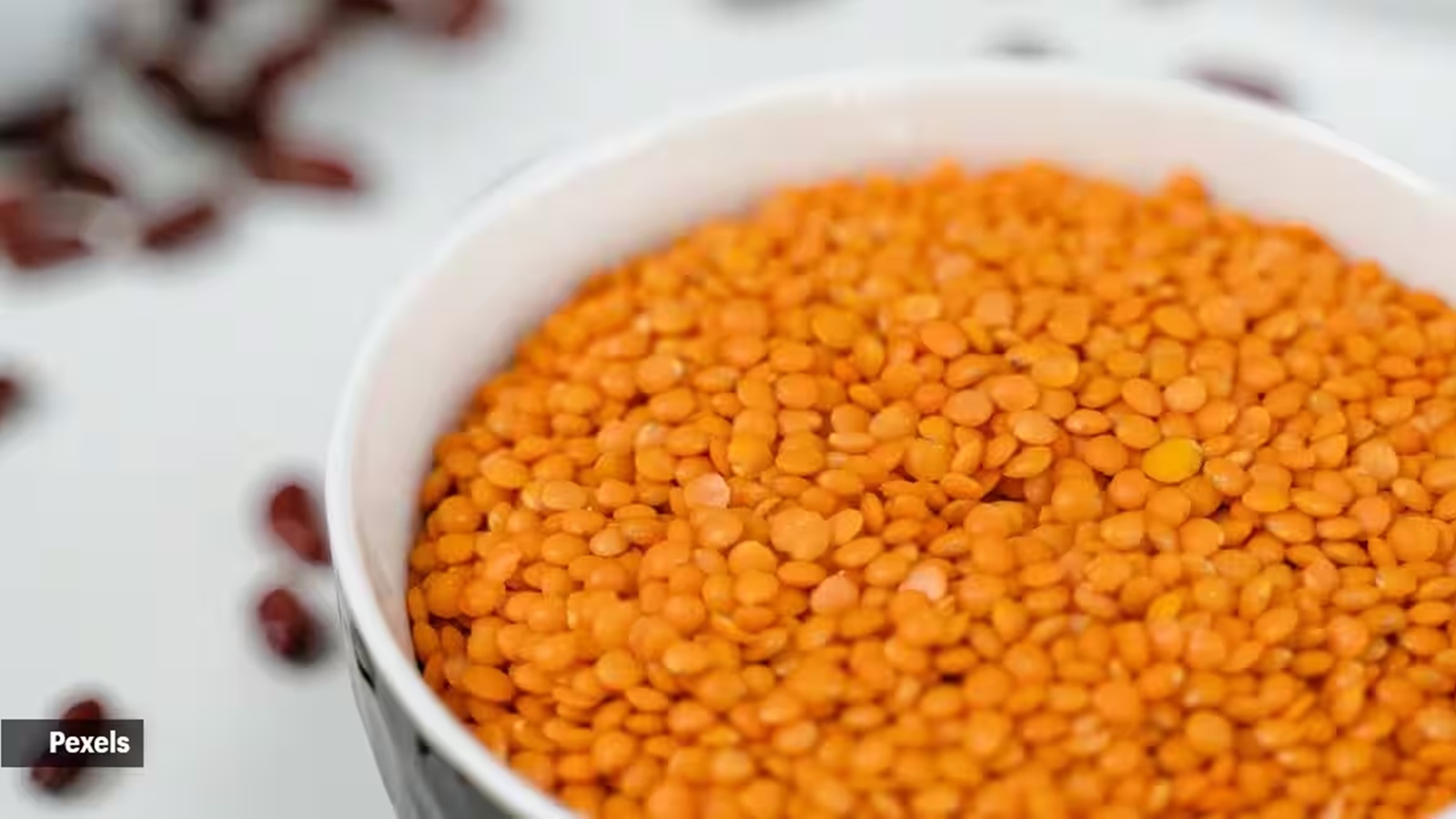📣 For more lifestyle news, click here to join our WhatsApp Channel and also follow us on Instagram
Can a DIY scrub made with masoor dal help you detan?
Skin exfoliation is done for rejuvenation and improvement of skin colour, which encourages cell turnover and helps to remove tan, said Dr Vandana Punjabi, dermatologist and trichologist at Khar, and Nanavati Max Superspeciality Hospital
 Would you use this to detan? (Source: Pexels)
Would you use this to detan? (Source: Pexels) There are so many DIY remedies that promise relief from skin issues. But not all of them come in handy for everyone. This is why, a patch test is recommended to avoid any mishappenings. So, when we came across a DIY remedy from Sejal Goyal, a beauty influencer, we wanted to understand whether it truly works.
Here’s what she posted. “Don’t get me wrong – I love a good tan. But when my tan gets old, it starts to turn grey which leaves my skin looking very dull. This scrub is something my Dadi has been making for us for years and we love it. #DadiSays detan scrub! If you’re looking to slough off dead skin cells and brighten your skin, try this, she shared.
How to make it?
Ingredients
3tbsp – Red masoor dal, finely ground
2tbsp – Blended, rice purée
2tbsp – Tomato purée
3tbsp – Milk
 Here’s how masoor dal helps (Source: Pexels)
Here’s how masoor dal helps (Source: Pexels)
Method
*Mix and apply to your body. Massage for a few minutes, focus on your elbows and knees.
*Wash off with water, no soap is needed after! “If you’d like to use soap, that’s also fine,” Goyal shared.
“Don’t store this scrub as it’s fresh and without any preservatives, it will spoil quite fast. Make it and use it instantly!” shared Goyal.
Skin exfoliation is done for rejuvenation and improvement of skin colour which encourages cell turnover and helps to remove tan, said Dr Vandana Punjabi, dermatologist and trichologist at Khar, and Nanavati Max Superspeciality Hospital. This can be done in 2 ways – chemical or physical.
Chemical exfoliation involves using products containing glycolic acid, lactic acid acid, urea, retinol, etc whereas physical exfoliation is scrubbing the skin with OTC scrubs or homemade scrubs.
According to Dr Punjabi’s expertise, many people use homemade scrubs which are coarse and granular and cause many side effects on the skin, especially in the colour of the skin. “This is because the coarse particles in the scrub along with the action of rubbing and scrubbing cause damage to melanocytes causing increased skin pigmentation,” Dr Punjabi told indianexpress.com.
This is called ‘Friction melanosis’ which presents as small brownish patches with a rippled pattern, which coalesces to form hyperpigmented areas, she described.
The most common sites of occurrence are upper back and extremities (shins and forearms).
Sometimes this can also be seen on collarbones and neck, added Dr Punjabi.
What more to note?
*You need about 3 tbsp for 1 use.
*You can store the rest in a jar for the future.
View this post on Instagram
According to her, this is more commonly seen in people with dry skin, sensitive skin, people with thyroid or diabetes mellitus. “It is most commonly seen in sun-exposed areas like back and forearms. Hence any scrub should be used with caution and only after a patch test,” Dr Punjabi said.
📣 For more lifestyle news, follow us on Instagram | Twitter | Facebook and don’t miss out on the latest updates!
📣 For more lifestyle news, click here to join our WhatsApp Channel and also follow us on Instagram
Photos





- 01
- 02
- 03
- 04
- 05






















